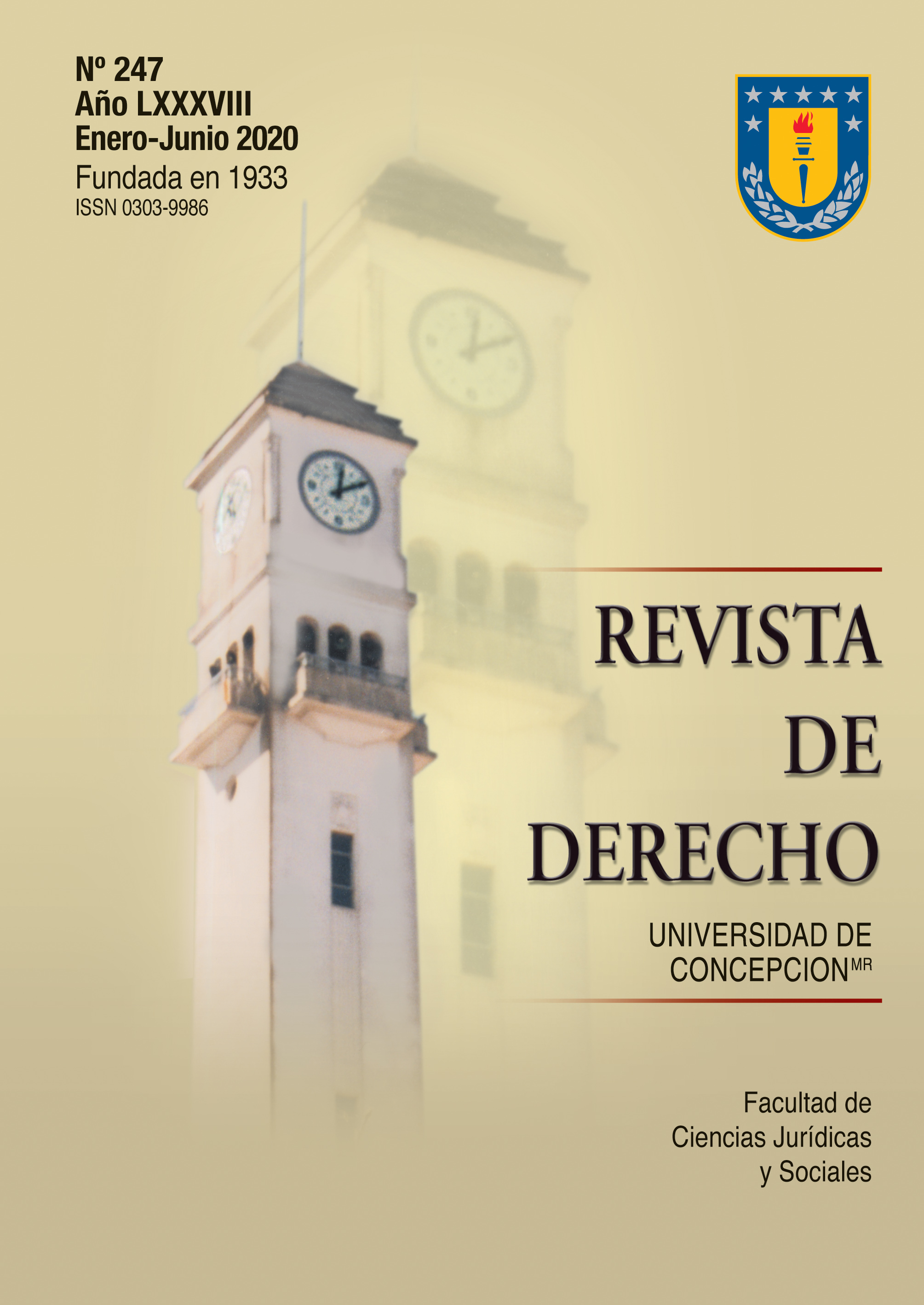EL TRASTORNO DE ESPECTRO AUTISTA. NECESIDADES EDUCATIVAS A LA LUZ DEL INTERÉS SUPERIOR DEL NIÑO.
A PROPÓSITO DE LA SENTENCIA DE LA CORTE DE APELACIONES DE ANTOFAGASTA, DE 6 DE DICIEMBRE DE 2018
DOI:
https://doi.org/10.29393/RD247-9CATE20009Palabras clave:
Interés superior del niño, Recurso de protección, Arbitrariedad, Ilegalidad, Trastorno del espectro autista, Discriminación, Best interests of the child, Protection action, arbitrariness, illegality, autism spectrum disorder, discriminationResumen
En el presente trabajo se analiza la sentencia de la Corte de Apelaciones de Antofagasta, del 6 de diciembre de 2018, que resuelve un recurso de protección interpuesto por la madre de un niño con trastorno del espectro autista, en contra de su establecimiento educacional, que decidió no renovar la matrícula de su hijo por causa de su condición. Lo anterior, sobre la base de las exigencias planteadas por el principio del interés superior del niño, considerando las necesidades educativas particulares derivadas del trastorno del espectro autista. Se resalta el deber de no discriminar a los niños, niñas y adolescentes que necesitan una educación apropiada a sus condiciones especiales.
The present paper analyzes the ruling passed on December 6th of 2018 by the Court of Appeals of Antofagasta, wich resolves a protection action brought by the mother of a child with autism spectrum disorder, against his educational establishment, who decided not to renew the registration of his son because of his condition. The above, on the basis of the requirements imposed by the principle of the best interest of the child, considering the particular educational needs derived from the autism spectrum disorder. The duty of non-discrimination of children and adolescents in need of adequate education in accordance with their special conditions is highlighted.
Descargas
Publicado
Cómo citar
Número
Sección
Derechos de autor 2020 Constanza Astudillo Meza, Alexis Mondaca Miranda

Esta obra está bajo una licencia internacional Creative Commons Atribución 4.0.
El usuario podrá compartir, copiar y redistribuir el material en cualquier medio o formato para cualquier propósito, incluso comercialmente; remezclar, transformar y construir a partir del material para cualquier propósito; y usarse reconociendo el crédito a su autor de manera adecuada. Mayor información en el enlace.








